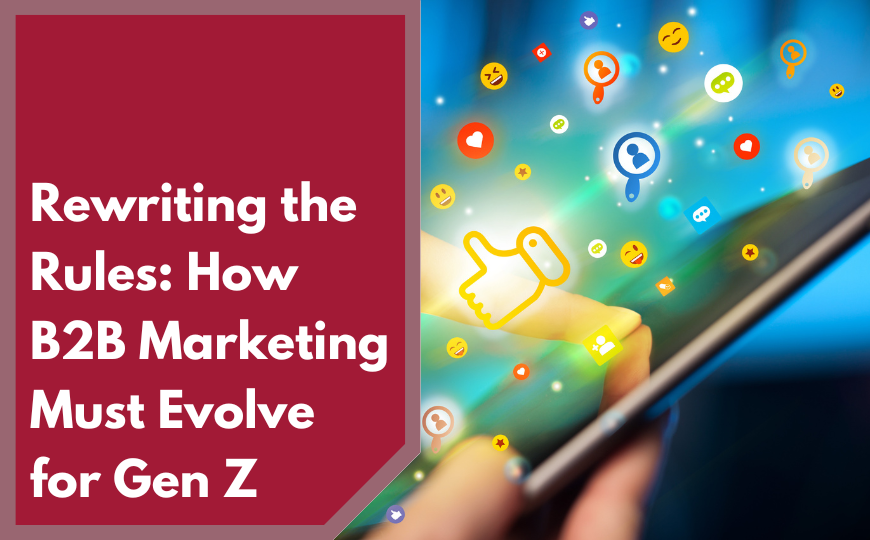It is every marketer’s dream to design a campaign or a website with massive appeal to the target audience and exceptional conversion rates. More often than not, there are some tweaks and iterations to get to a marketing piece that attains its highest performance.
However, the most important question is whether the changes made to the website or a marketing campaign are driven by intuition or data. The data-driven approach, such as A/B testing, is more likely to lead you to success, and at a faster pace. Split testing or A/B testing helps you finalize the design that works for you in a methodical fashion.
A/B testing is a method of running various marketing experiments where in groups of customers receive marketing material with variations. The metrics derived from the behavior of these various customer groups are then analyzed to determine the design that attains the highest performance. A/B testing can be carried out on your website, emails, landing pages, brochures – essentially on every marketing activity you perform. Here is a list of data points which you need to pay attention to design a successful A/B testing strategy for your website.
Know How Your Visitors Interact With Your Website
Before starting you’re A/B Testing process, it is important to understand how you visitors are interacting with your website. Every business builds their website with a goal. It might be providing more information about their products/services, driving more signups, driving more traffic to their ecommerce store, driving more newsletter signups etc.
Analyze the parameters like bounce rates, time spent on the website per session, and pages visited per session. Also, analyze the how your returning visitors are behaving against your first time visitors. All these parameters help you understand what percentage of visitors landing on your website are taking the actions which would lead to conversion. This often acts as a great start for you’re A/B testing exercise. Once you determine the pages and actions you want your visitors to take and analyze how they are actually doing it on the website, you can list down the set of tests you want to carry to improve your conversion rate.
Know The Pages With High Drop-Off Rates
Once you understand the initial behavioral patterns of your website visitors, you have to start looking for the pages which have high drop off rates. Analyze your funnel to understand the drop-off rates of your visitors on each page. This leads to identifying the pages which need immediate attention. Similarly, analyze your exit pages to determine the pages which the visitors exit the most. This parameter, when read along with the time spent on the website, gives you more information on the pages you want to make changes. Look at the content on such pages to analyze why they have a high drop off rate. These are the pages where you want to run your split tests to keep your visitors on the site and get them through the funnel that you want.
Know The Content That Works For You
Once you have identified the pages to run the split tests, it is time to determine the changes you are going to test. Analyzing the popular content and pages on your website can provide you information on the changes you have to test on your website. You wouldn’t want to randomly test a new headline, a new color scheme or try new images etc. Random testing often leads to wasted effort both in terms of time and money. In order to avoid such pitfalls in you’re A/B testing, understand the elements that are working for you in the higher conversion pages. Apply and test those aspects on the pages with lower conversion rate. Also, analyzing the popular content on your website would give insights on what your visitors would love to read. It helps in getting your message correct on the pages with high drop-off rates.
Know Your Target Audience
Once you identify the tests you want to run and the pages you want run them on, it is time to determine the audience for this test. Essentially, A/B testing is the process of showing a variation of your message to different set of audience to see how they react to it. The behavioral data of your visitors would play a major role in determining your test sample for the A/B testing. Determine demographic split of your visitors and analyze how these groups are behaving on the pages you want to test.
Also, analyze the behavior of visitors from various traffic sources on the pages you want to test. This helps you in determining the set of audience who leave your website sooner than others. Present them the new variation of your website or landing page to see if it helps in taking the actions you want them to take.
Though the benefits of A/B testing are widely known, businesses often refrain from conducting them because they fear its complicated, time consuming and too expensive for them.
However, as they say, “Well begun is half done.” So, instead of rushing through the changes on the website and concluding that none of the changes worked, identify the opportunities first. Collecting the quantitative data on the webpages with opportunities, the changes you want to make and the audience you want to test this on will result in conducting a controlled A/B testing. This would also lead to high success rates.





